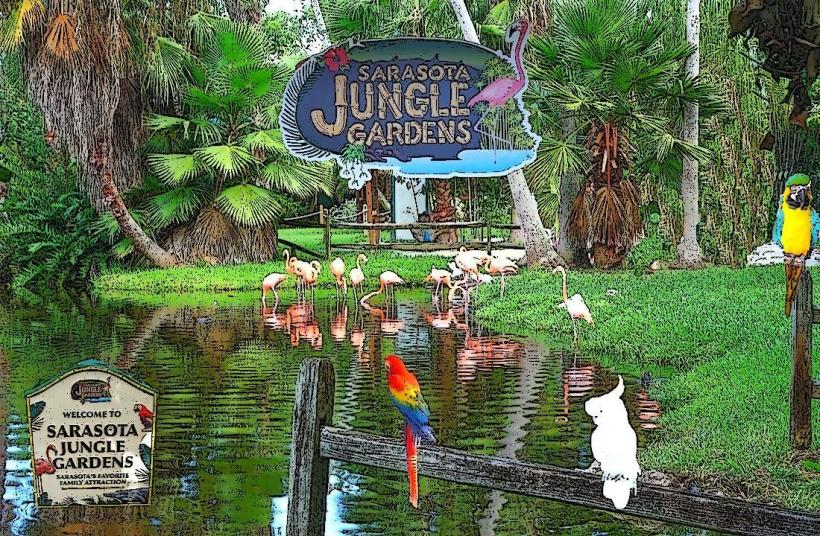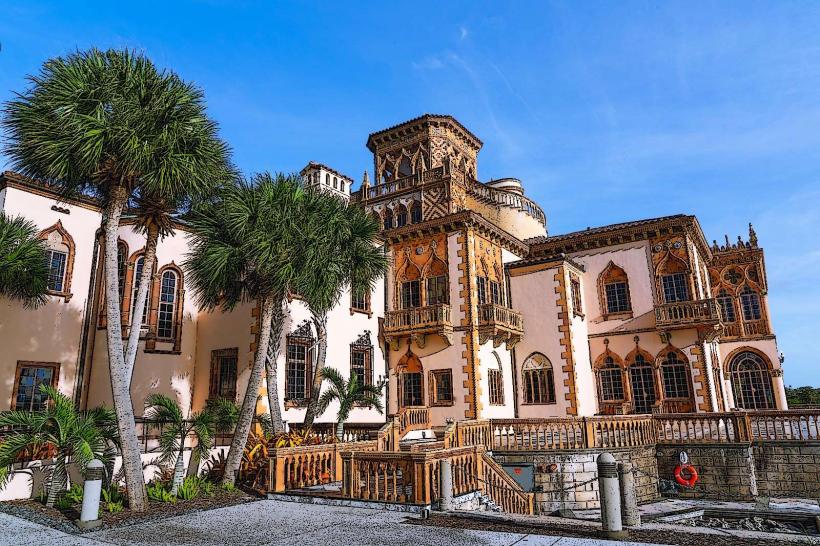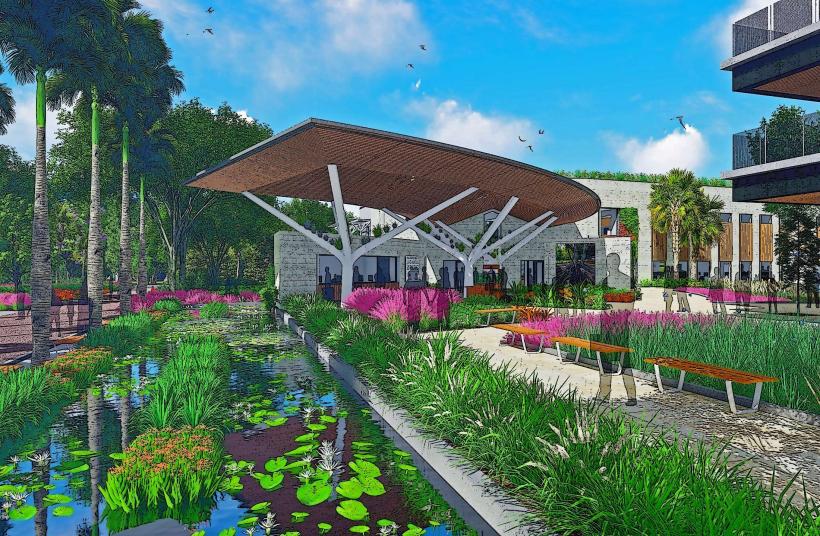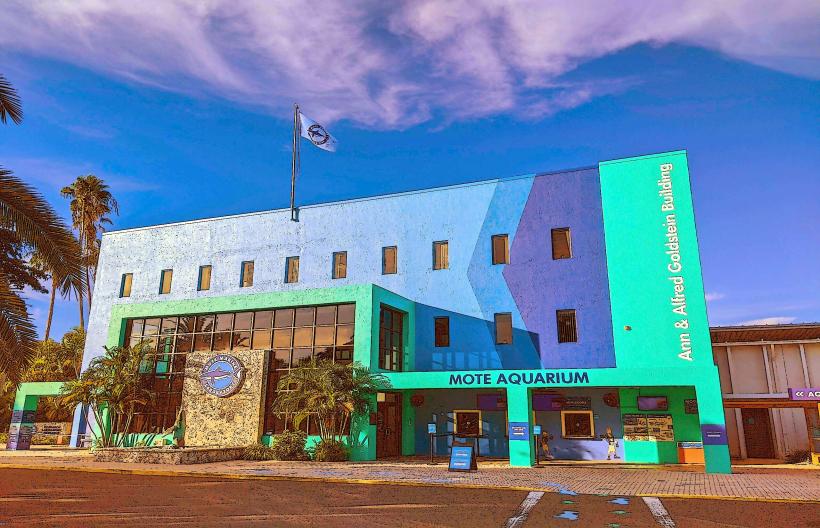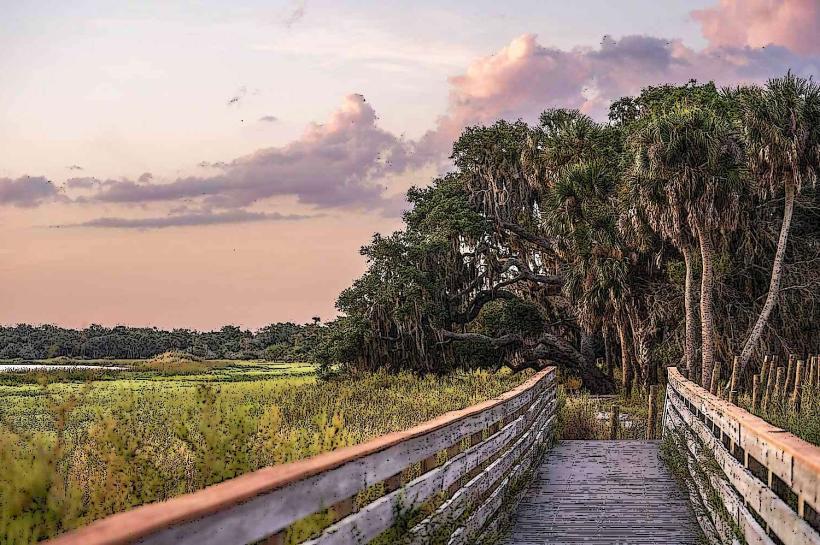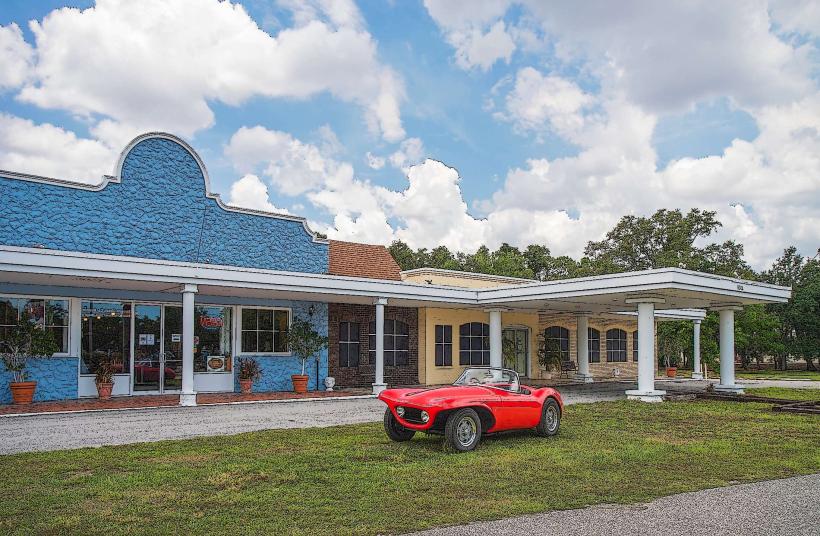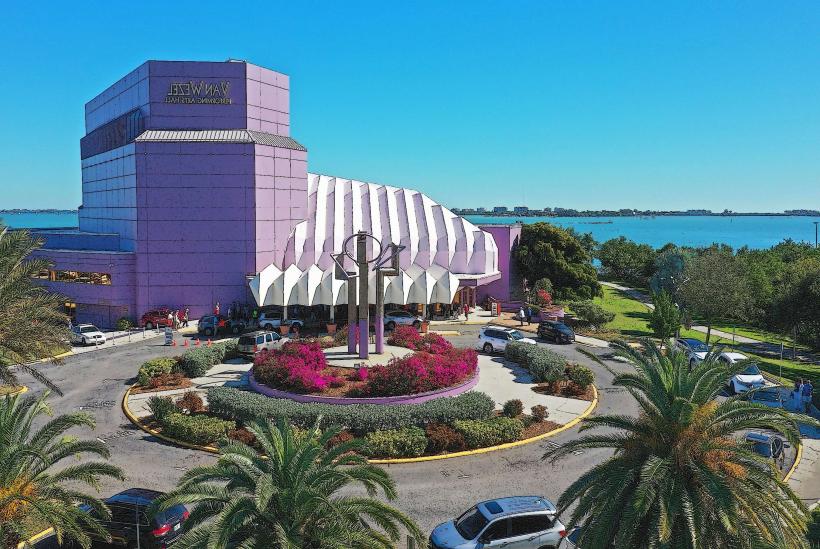Information
Landmark: South Florida MuseumCity: Sarasota
Country: USA Florida
Continent: North America
South Florida Museum, Sarasota, USA Florida, North America
The Bishop Museum of Science and Nature, formerly known as the South Florida Museum, is located in Bradenton, Florida. It is the largest natural and cultural history museum on Florida’s Gulf Coast. The museum offers a range of exhibits and experiences that cover the natural world, local history, and science, making it an excellent place for families, tourists, and anyone interested in Florida's rich natural and cultural heritage.
History:
Founded in 1946, the museum was originally known as the South Florida Museum, and it became well known for its exhibits related to the natural and cultural history of the region. In 2016, it was rebranded as the Bishop Museum of Science and Nature in recognition of a major donation by the Bishop family. Today, it remains a hub for scientific research and education in the region.
Key Exhibits and Attractions:
The Bishop Planetarium:
The planetarium features one of the most advanced all-digital projection systems available today. Visitors can experience immersive astronomy programs that showcase stars, planets, galaxies, and other celestial phenomena. The planetarium hosts daily shows, with topics ranging from basic astronomy to more advanced cosmic phenomena. It is an ideal spot for both educational and entertaining experiences.
Some programs are specifically designed for children, while others cater to an older audience or focus on current space exploration missions.
Parker Manatee Aquarium:
One of the highlights of the museum, the Parker Manatee Aquarium is dedicated to the conservation and rehabilitation of the West Indian Manatee. The aquarium offers an up-close look at these gentle marine mammals, including their history and role in Florida’s ecosystem.
The aquarium also highlights the life of Snooty, the museum’s beloved manatee who lived to be 69 years old, making him the world’s oldest known manatee in captivity until his passing in 2017. Visitors can learn about the importance of manatee conservation efforts and the role of the aquarium in rescuing and rehabilitating injured manatees.
Exhibits on Florida’s Natural History:
The museum offers permanent and rotating exhibits that showcase the history of Florida’s environment, including the development of its diverse ecosystems.
Some highlights include collections of fossilized animals, particularly from the Pleistocene epoch, and displays illustrating the area’s ancient flora and fauna.
The Florida Fossil Exhibit includes fossilized remains of animals such as mammoths, giant ground sloths, and saber-toothed cats, shedding light on the prehistoric past of the region.
Cultural History Exhibits:
The museum also houses exhibitions on the early human settlement of Florida, from Native American cultures to the arrival of European settlers. This includes the Montague Tallant Collection, which features over 10,000 prehistoric and early post-contact artifacts.
The exhibits also cover the history of the region, highlighting the cultural and societal changes that have taken place in Florida over thousands of years.
Wildlife Exhibits:
The museum provides extensive information about the region’s wildlife, including Florida’s native species, and the conservation efforts being made to preserve them.
Some of these exhibits focus on the unique habitats in Florida, including wetlands, forests, and coastal environments, providing valuable insight into the challenges these ecosystems face due to human activity and climate change.
Educational Programs:
The Bishop Museum of Science and Nature offers educational programs designed for all age groups. These programs include hands-on activities, workshops, lectures, and special events aimed at teaching science and history in a fun and engaging way.
The museum’s outreach programs bring exhibits and educational experiences to local schools, enhancing science education in the community.
Workshops and summer camps are available for children, and they often focus on topics such as environmental science, space, and marine biology.
Special Events:
The museum hosts a variety of special events throughout the year, such as evening star-gazing events at the planetarium, science-themed festivals, and educational talks from guest speakers in the field of science and history.
Annual events often include "Science Night," where visitors can participate in fun activities and interact with scientific demonstrations.
Visitor Information:
Hours: The museum is open Monday through Saturday from 10:00 a.m. to 5:00 p.m. and Sunday from 12:00 p.m. to 5:00 p.m.
Admission: General admission is $19 for adults and $14 for children (ages 4–12). Discounts are available for seniors and students, and children under 4 years old enter for free. Group rates are available for larger parties or educational trips.
Location: The museum is located at 201 10th Street West, Bradenton, Florida, 34205, making it easily accessible for both local residents and tourists in the region.
Accessibility and Services:
The museum is wheelchair accessible, and it provides accommodations for guests with disabilities.
There are also cafes and gift shops within the museum where visitors can enjoy food, snacks, and purchase educational gifts and souvenirs.
Contact Information:
For additional details, including specific event schedules, ticket pricing, or more about the museum’s collections and services, visitors can contact the museum at (941) 746-4131.
Conclusion:
The Bishop Museum of Science and Nature serves as a key cultural and educational resource in Florida, with a mission to inspire a greater understanding of science, nature, and human history. With its diverse collection of exhibits, the planetarium, and the manatee aquarium, it offers something for everyone, from young children to adults with an interest in the natural world.

